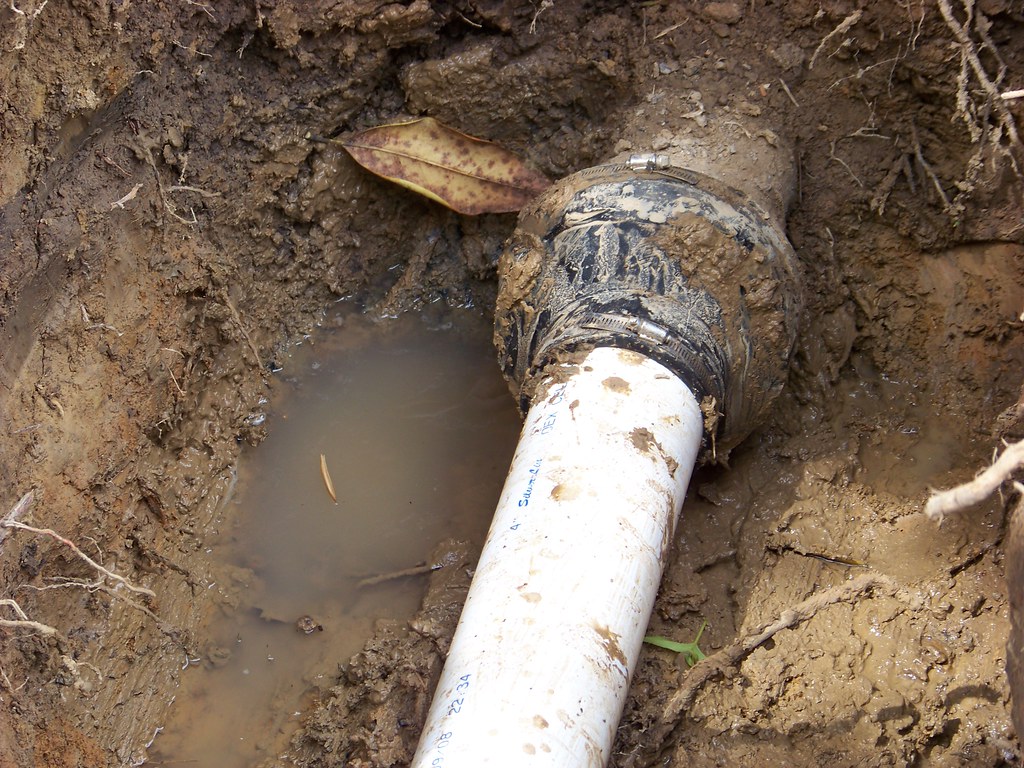Sewer line issues can range from mildly inconvenient to severely disruptive, affecting the daily lives of homeowners and potentially leading to significant property damage. Fortunately, advancements in plumbing technology have introduced a range of practical, efficient, and often cost-effective methods for repairing damaged sewer lines. This comprehensive guide explores the spectrum of sewer line repair methods, offering insights into traditional and innovative techniques designed to reclaim and restore the integrity of your home’s plumbing system.
Understanding Sewer Line Damage
Identifying Common Problems
Sewer line damage can manifest in various forms, including blockages, leaks, and breaks. Common indicators of a problem include slow drains, sewage backups, foul odors, and unusually lush or damp patches in the yard. Early detection is crucial to prevent more significant issues.
Causes of Sewer Line Damage
Several factors can contribute to sewer line damage, such as tree root intrusion, aging pipes, ground movement, and the buildup of grease or other materials. Understanding these causes can help homeowners take preventive measures to protect their sewer lines.
Traditional Repair Methods
Excavation
Traditionally, Sewer repair has required excavation to access the damaged pipe. This method involves digging a trench along the length of the sewer line, allowing plumbers to repair or replace sections of the pipe directly. While effective, excavation can be disruptive, damaging landscapes, driveways, and other surface structures.
Pipe Replacement
Severely damaged or deteriorated pipes may need to be completely replaced. This process typically involves excavation and can be time-consuming and costly, but it may be necessary for older systems or in cases of significant damage.
Innovative Repair Techniques
Advancements in plumbing technology have led to the development of less invasive and more cost-effective repair methods. These trenchless techniques reduce the need for excavation, minimizing disruption and restoration costs.
Cured-In-Place Pipe (CIPP) Lining
CIPP lining is a trenchless repair method that involves inserting a resin-saturated liner into the damaged pipe. The liner is then inflated and cured, forming a new pipe within the existing structure. This method is ideal for repairing cracks, holes, and joint separations without extensive digging.
Pipe Bursting
Pipe bursting is another trenchless technique that replaces the old pipe by pulling a new one through it, simultaneously breaking apart the old pipe. This method is suitable for severely damaged pipes that cannot be repaired with lining techniques.
Slip Lining
Slip lining involves inserting a smaller, new pipe into the existing damaged pipe. The space between the old and new pipes is then filled with grout, stabilizing the repaired section. Slip lining is a less common trenchless method but can be effective in certain situations.
Preventive Measures and Maintenance
Maintaining sewer lines and preventing future damage is key to avoiding costly repairs. Homeowners can implement several strategies to keep their sewer systems functioning smoothly.
Regular Inspections
Periodic inspections by professional plumbers can identify potential issues before they escalate. Advanced diagnostic tools, such as sewer cameras, allow for thorough examinations without the need for excavation.
Proper Waste Disposal
Educating household members about what should not be flushed or poured down drains can prevent blockages. Items such as grease, wipes, and other non-biodegradable materials can cause significant damage to sewer lines.
Tree Root Management
Planting trees away from sewer lines and using root barriers can prevent roots from intruding into and damaging pipes. In cases where roots have already penetrated the sewer line, root cutting and removal may be necessary.
Choosing the Right Repair Method
Selecting the most appropriate repair method depends on several factors, including the extent and type of damage, the age and material of the pipes, and budget considerations. Consulting with a professional plumber who can assess the situation and recommend the best course of action is essential.
Navigating the Repair Process
Working with Professionals
Choosing a reputable and experienced plumbing or sewer repair service is crucial for ensuring quality work. Look for licensed contractors with positive reviews and a track record of successful sewer line repairs.
Cost Considerations
Repair costs can vary widely based on the chosen method and the complexity of the issue. Obtaining detailed estimates from multiple providers can help homeowners make informed decisions and budget accordingly.
Preparing for Repairs
Homeowners may need to make temporary arrangements, especially if water usage needs to be limited during the repair process. Understanding the scope of work and timeline can help minimize disruptions.
Conclusion
Sewer line issues need not be a source of dread for homeowners. With a range of practical repair methods available, from traditional excavation to innovative trenchless techniques, restoring the functionality of your sewer system can be achieved with minimal disruption and expense. By staying informed about the signs of sewer line damage, understanding the repair options, and taking preventive measures, homeowners can ensure their plumbing systems remain in optimal condition, safeguarding their homes and quality of life.



